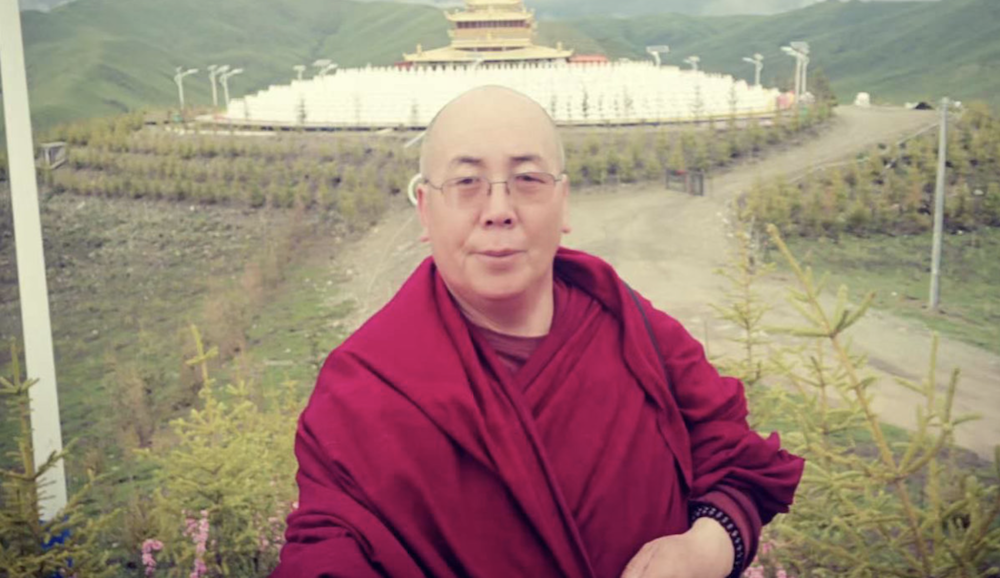By Mary Bergin
 An upcoming performance of Tibetan dance and music, by the Tibetan Institute of Performing Arts, is not simply a matter of entertainment to Norbu Kharitsang.
An upcoming performance of Tibetan dance and music, by the Tibetan Institute of Performing Arts, is not simply a matter of entertainment to Norbu Kharitsang.
It is a way to keep alive, and to keep pure a culture that easily could become extinct.
Kharitsang was 2 years old when his family fled the rule of Communist China in 1959. They were among the 80,000 to 100,000 Tibetan refugees, including the Dalai Lama, who fled their homeland to save their lives, their beliefs, their way of living.
“My mother would tell me later that I was tied to the back of a yak to get across the border,” he says. “Until 1962, we stayed near the border of India and Tibet, hoping this was temporary, that we’d be able to go back home.”
When that did not happen, the family settled in India, and Kharitsang eventually worked for the Tibetan library in Dharamsala, which also is the home of the Tibetan Institute of Performing Arts. It is an organization that works to preserve the Tibetan culture; its 112 members include artists, teachers and craftspeople who live on the institute grounds.
They teach the cultural arts in Tibetan schools that are in exile communities. Some members also are on a 15-city North American tour to teach outsiders about the culture.
“Dances From the Roof of the World,” the folk dances and songs of Tibet, will be presented at 6:30 p.m. Wednesday at the Wisconsin Union Theater. It is the only Wisconsin stop; other performances are in major cities such as Toronto, New York City, Boston and San Francisco.
“These cultural forms are under threat,” says Sara McClintock, lecturer for the University of Wisconsin’s department of languages and cultures of Asia, to explain the significance of the performance. “A lot of damage already has been done” because of Chinese infiltration and influence.
Wednesday’s event, she says, will “allow us to recognize the diversity among Tibetans.” It is not just one culture, but an umbrella for “distinctive regional forms that are diverse.” Although Buddhist in religion, McClintock says, that aspect is separate from “these folk dances that lay people perform.”
Kharitsang notes that Tibet has “one of the oldest and richest reservoirs of performing arts traditions in the world.” Engaging in song and dance was a way of life, he says, with specific songs and dances for “each and every occasion, festival or ceremony.”
It has been a way to celebrate a good harvest, a marriage, an enthronement. Some artistic expressions are operatic; others are “plain songs that are sung in the wilderness by shepherds, herdsmen and herdswomen,” Kharitsang says.
A clerk-typist for the Dane County Sheriff’s Office, he agreed to organize the Tibetan Institute of Performing Arts visit because he is a “full-blooded Tibetan” and wants “to bring something rich and unique to Madison.” He compares other touring performances to microwaveable dinners that lack flavor.
“There is no monetary gain from this,” he adds. “Because I am doing this as an individual, I am handicapped from seeking any grants from institutions or businesses.”
The Dalai Lama, online, has called this “a critical period of time” for Tibetan culture.
“We need your help, the international community’s help, to protect our culture,” he says at www.savetibet.org. “Our culture is one of the heritages of the world.
“Protecting an ancient culture like this is the responsibility not only of the concerned nation, but also of the world community as a whole.”
E-mail: mbergin@madison.com









